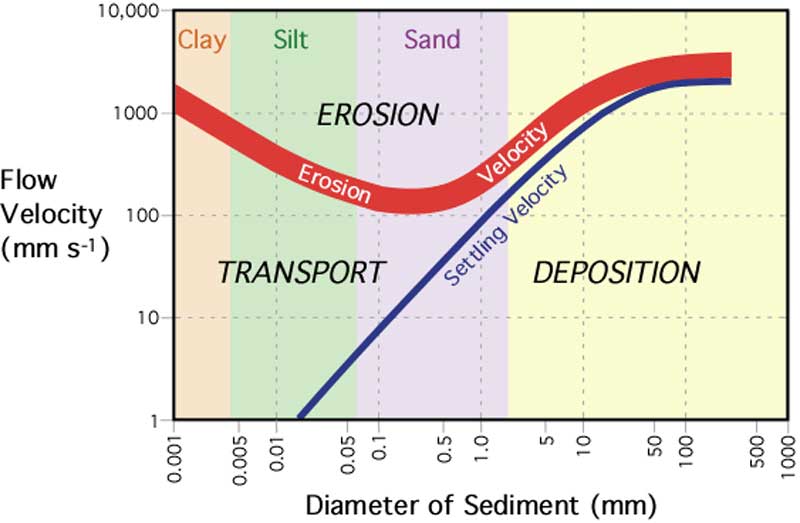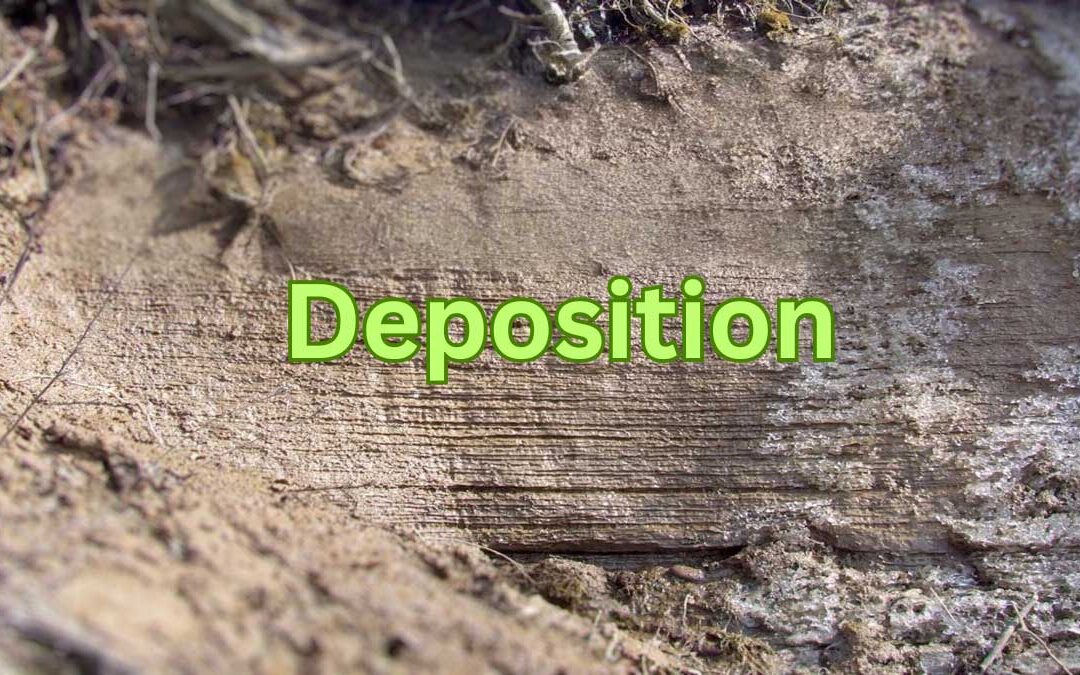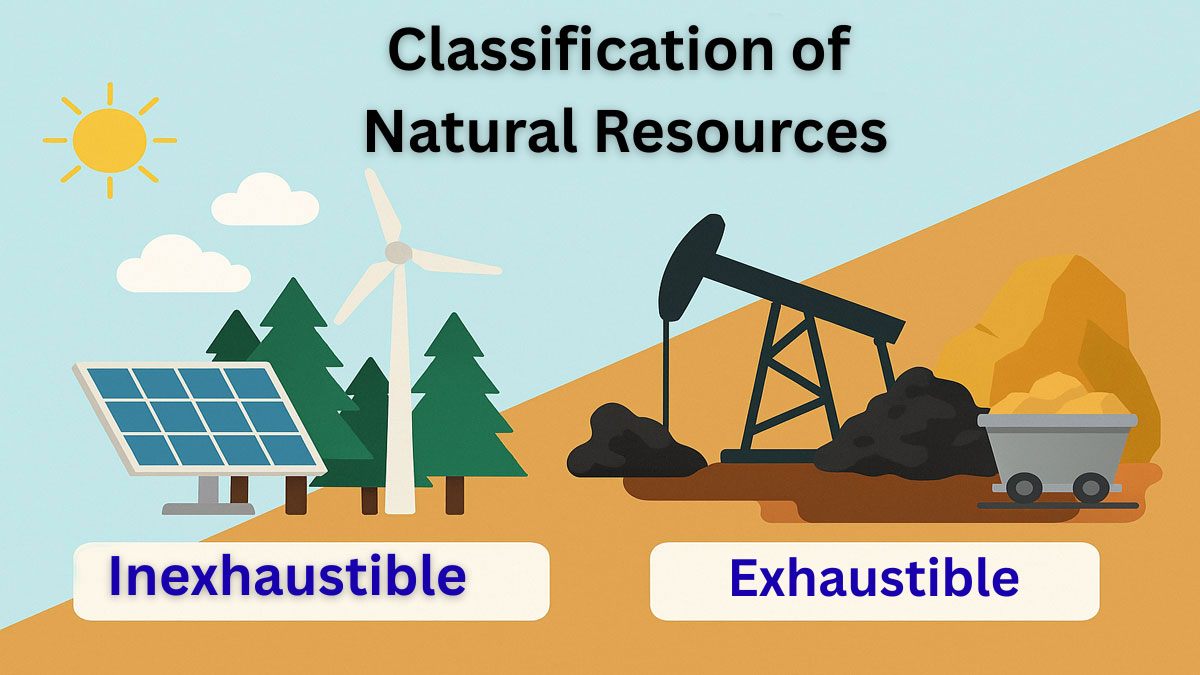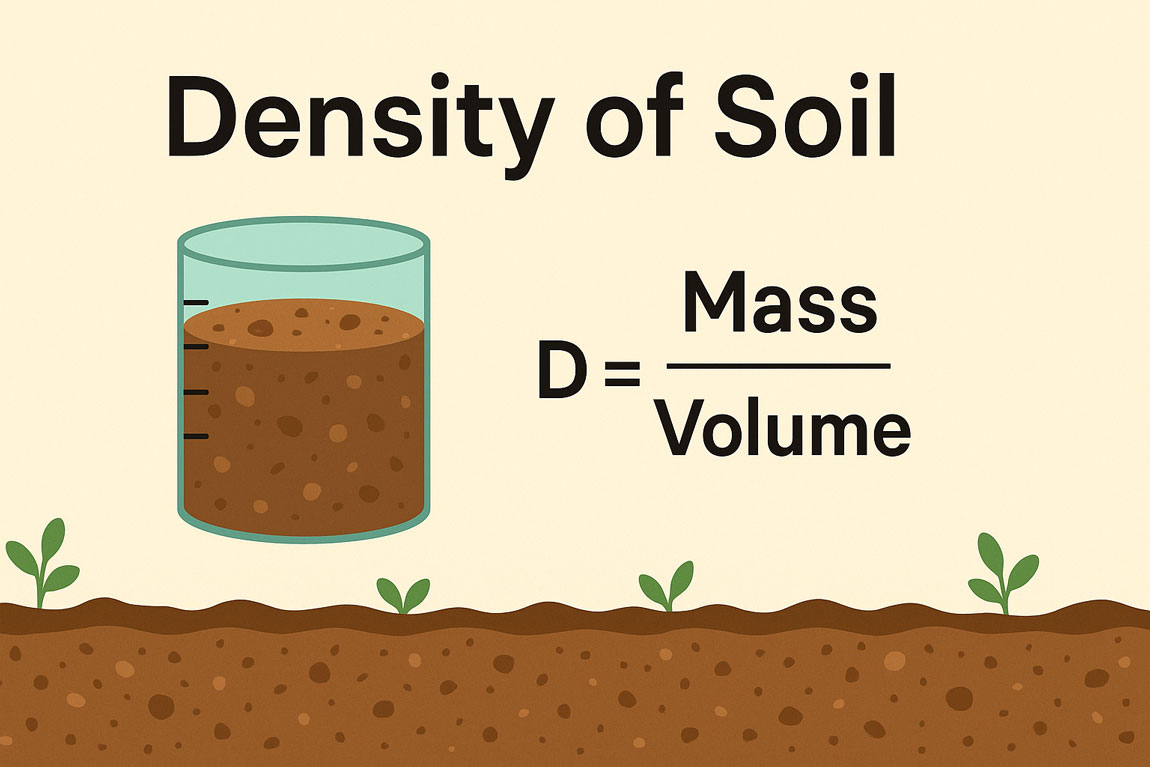Deposition definition refers to the process where transported sediments settle due to changes in fluid flow. Hjulstorm’s diagram illustrates its control by velocity and turbulence. Coarser particles settle near the source, while finer ones travel farther, influenced by wind, water currents, and Stokes’ Law in various geological environments.
Deposition Definition :
The deposition of clastic sediments is controlled by the same laws as transportation. Hjulstorm’s diagram shows the Intimate relations between transportation and deposition and emphasizes the interplay between the settling velocity and conditions of fluid flow, controlling these two processes.

In contrast with finer sediments, the Impactor causes sand and gravel to settle accordingly, and wind blowing across a dry floodplain or beach may lift a load of dust and sand. The wind moves the sand mainly by saltation and sweeps the dust upward into suspension.
Surface obstacles or vegetation haul the flow of sand along the valley edge, but the surface obstacle allows the higher suspension load of dust to sweep past. As the wind continues moving, its velocity and turbulence normally decrease, causing part of the suspended load to settle out selectively.
The source deposits coarser silt particles nearby, while finer grains settle further downward. The current transports and deposits these particles in the shallow sea. Along the shore, turbulence confines the coarser sand within the traction and saltation load.
In contrast, silt and clay in the suspension load travel a great distance seaward, and they settle mainly according to Stoke’s law.






